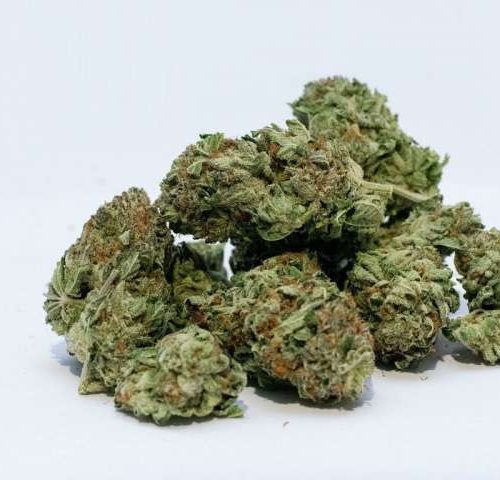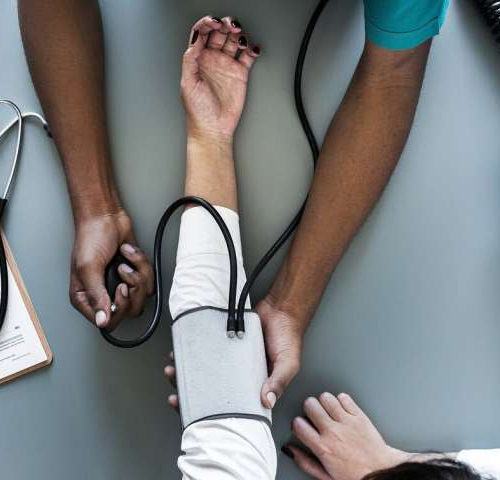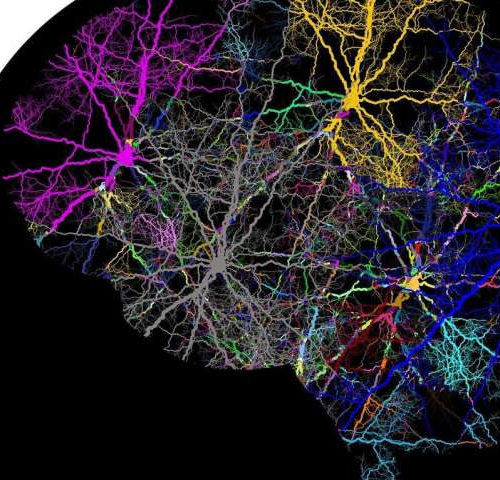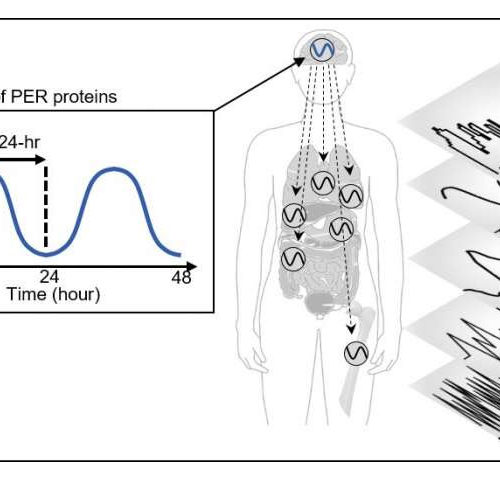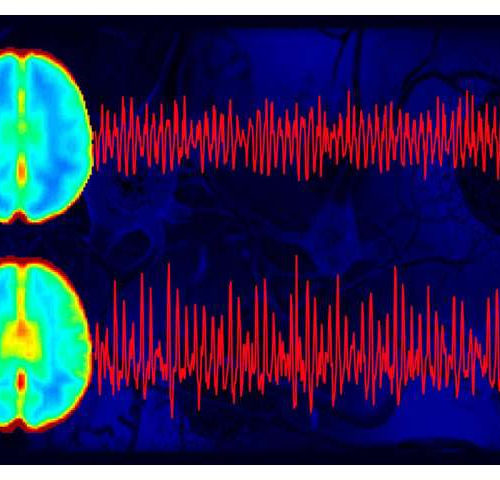New research led by the Institute for Optimum Nutrition in Twickenham suggests intravenous vitamin C may ameliorate symptoms of COVID-19 infection. Researchers carried out a literature review that focuses on vitamin C deficiency in respiratory infections, including COVID-19, and the mechanisms of action in infectious disease, including support of the stress response, its role in preventing...
Medical cannabis eases seizures in childhood epilepsy
by Ryan O’hare, Imperial College London Credit: CC0 Public Domain Medicinal cannabis could offer patients significant relief from intractable epilepsy, but cost and access barriers remain, a review has found. Cannabis-based medicinal products (CBMPs) can offer patients significant relief from intractable epilepsy, according to evidence from a small number of patients. In a review of 10 cases of severe...
Stroke and altered mental state increase risk of death for COVID-19 patients
by Albert Einstein College of Medicine Credit: CC0 Public Domain People hospitalized with COVID-19 and neurological problems including stroke and confusion, have a higher risk of dying than other COVID-19 patients, according to a study published online today by researchers at Montefiore Health System and Albert Einstein College of Medicine in the journal Neurology, the medical journal...
5 is blue, and A is red – short circuit in the brain or just Synesthesia?
Oh, please, gentlemen, a little bluer, if you please! This key requires it!” Franz Liszt Did you know that some people may see colors while thinking about numbers? Others may taste words, see sounds, or feel something on their skin when they hear a particular sound or smell a certain scent. It is a neurological...
Not all masks protect the same: Research suggests no mask better than an old mask
By Sarah Moore Dec 15 2020Reviewed by Emily Henderson, B.Sc. Scientists have used a computational model to further our knowledge of how face masks impact airflow. In a new study, published this month in the journal Physics of Fluids, from the American Institute of Physics, a team of scientists from the University of Massachusetts Lowell and California...
Schizophrenia may be similar to immune disorders, show scientists
by Mike Addelman, University of Manchester Credit: Pixabay/CC0 Public Domain A study by clinical scientists at the University of Manchester has shown that schizophrenia may—in some part—be caused by disordered functioning of the immune system. The first ever trial in schizophrenia of the powerful immune suppressant drug, Methotrexate, produced what the team described as ‘promising’ effects on what...
Cytoplasmic traffic jam disrupts sleep-wake cycles
by The Korea Advanced Institute of Science and Technology (KAIST) Figure 1. PER abundance oscillates in a circadian manner through an autoregulatory negative feedback loop. This oscillation enables robust timekeeping of circadian-timed physiological and behavioral processes including sleep. Credit: The Korea Advanced Institute of Science and Technology (KAIST) KAIST mathematicians and their collaborators at Florida State...
The brain pulsates differently in people suffering from Alzheimer’s disease
by University of Oulu In the magnetic resonance image, a healthy brain is higher and a lower one with Alzheimer’s disease. Pulsations in the brain appear as red signals at the frequency of the heartbeat. There is a clear difference in pulsations in the brains of healthy people and people with Alzheimer’s. Credit: Oulu Functional...
Video: Cleaning system of the brain captured in 3-D footage
by Lund University Credit: Unsplash/CC0 Public Domain All biological activity in the body produces waste that needs to be removed. This is also true for the brain. Previous research has shown that mouse brains have their own cleaning system, which is called the glymphatic system. Researchers in Lund have now taken the next step and examined...
No association between COVID-19 and Guillain-Barré syndrome: study
by University College London 3D print of a spike protein of SARS-CoV-2, the virus that causes COVID-19–in front of a 3D print of a SARS-CoV-2 virus particle. The spike protein (foreground) enables the virus to enter and infect human cells. On the virus model, the virus surface (blue) is covered with spike proteins (red) that enable...

